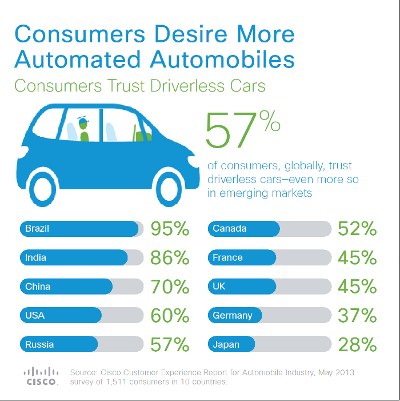NHTSA published plan on how they want to regulate robocars
Submitted by brad on Thu, 2013-05-30 14:42Today the National Highway Transportation Safety Agency (NHTSA) released their plan on regulation of automated vehicles, a 14 page document on various elements of the technology and how it might be regulated.






